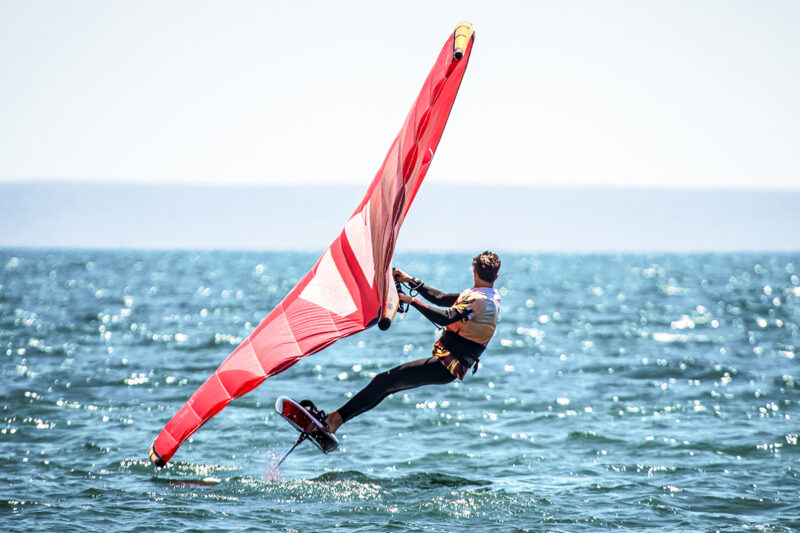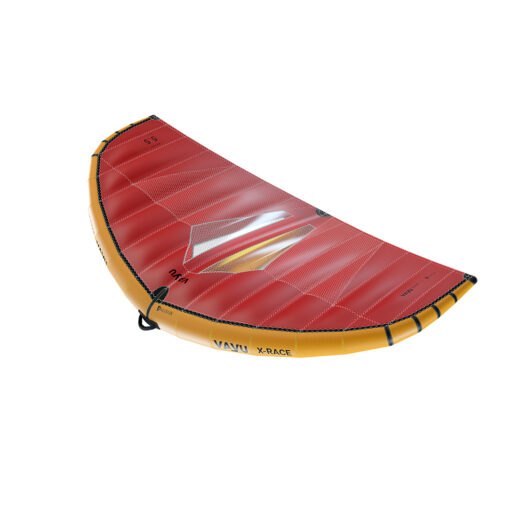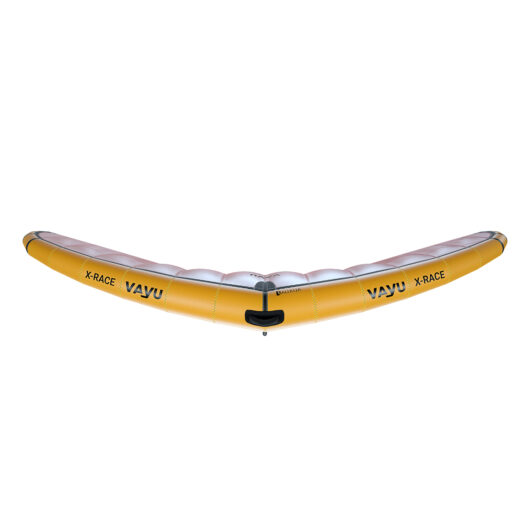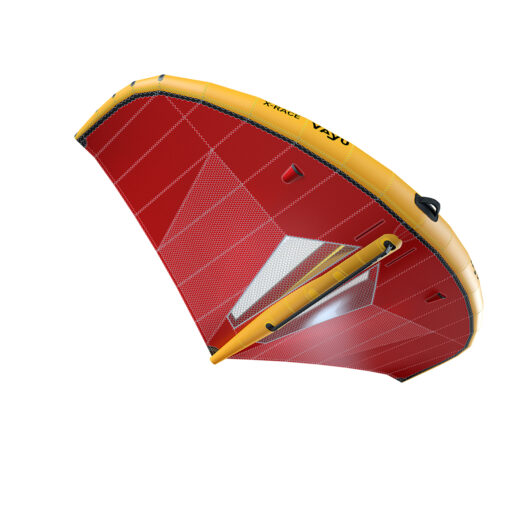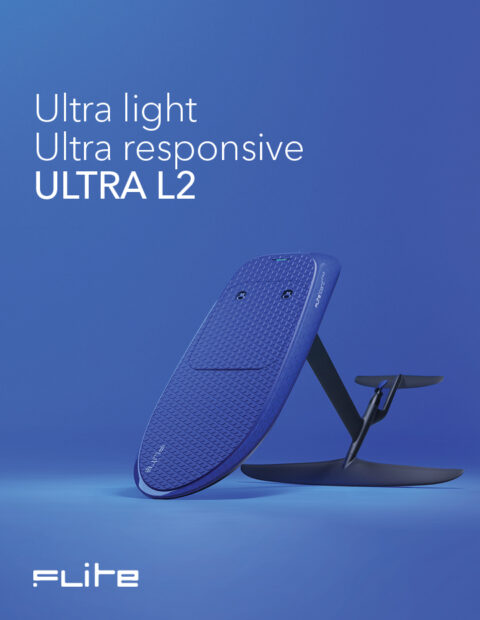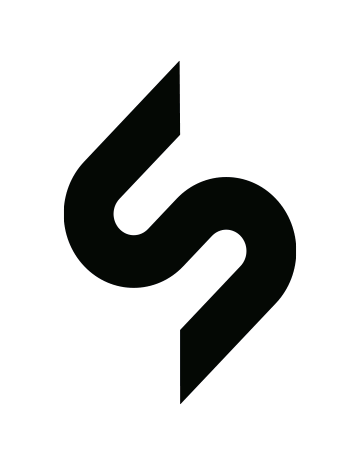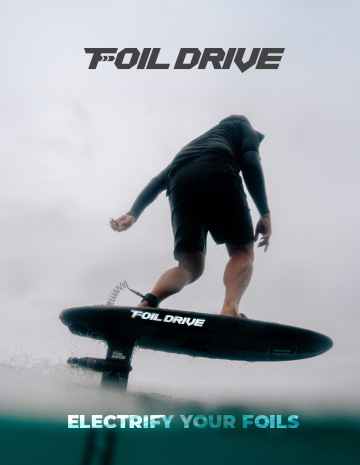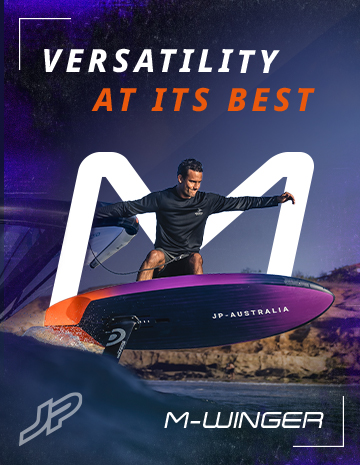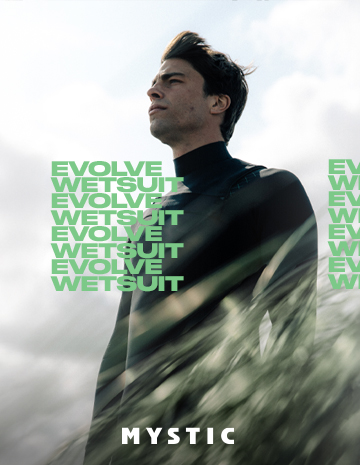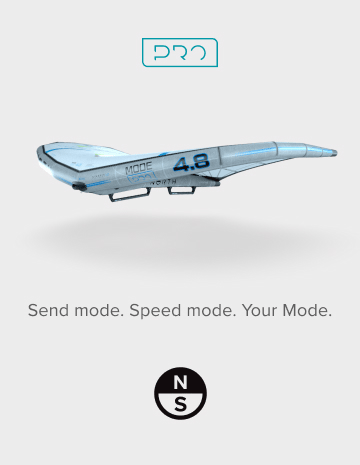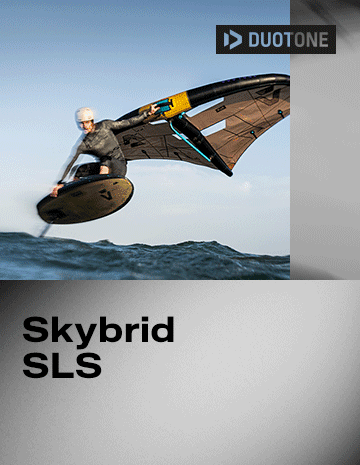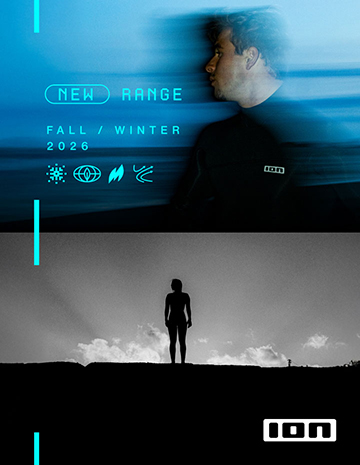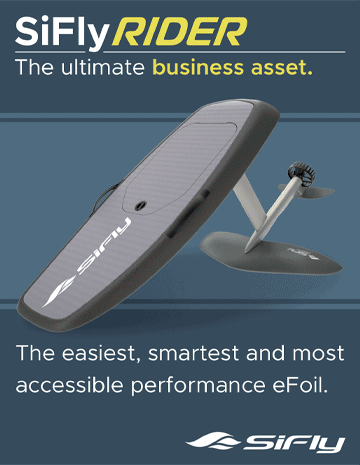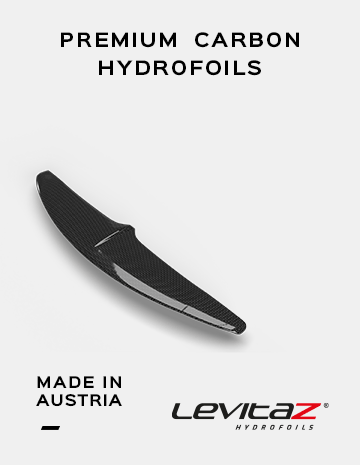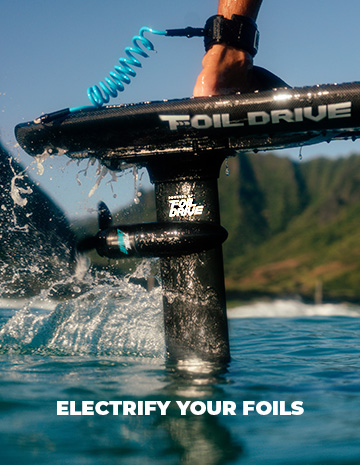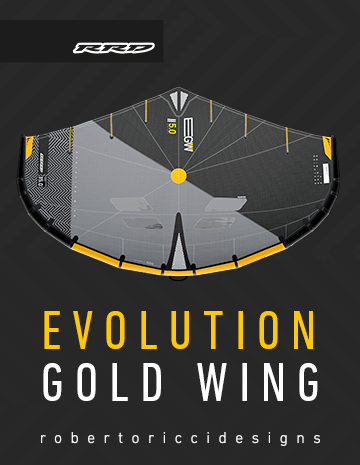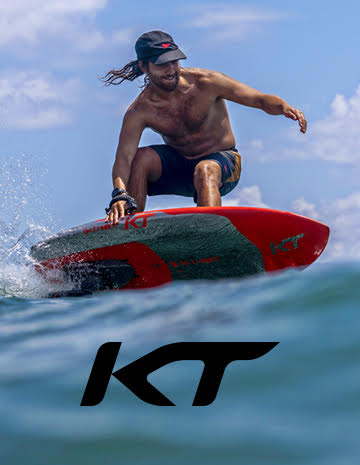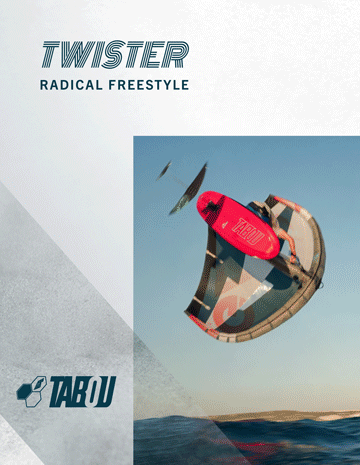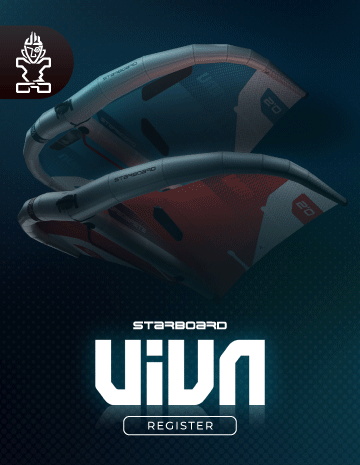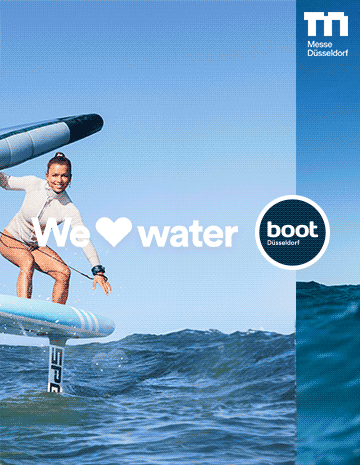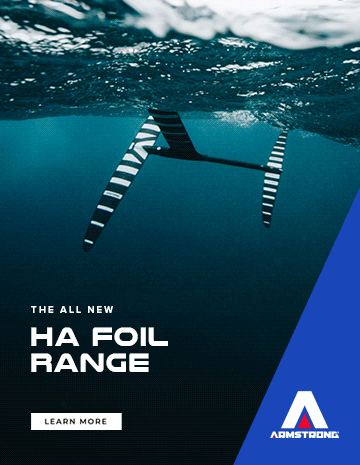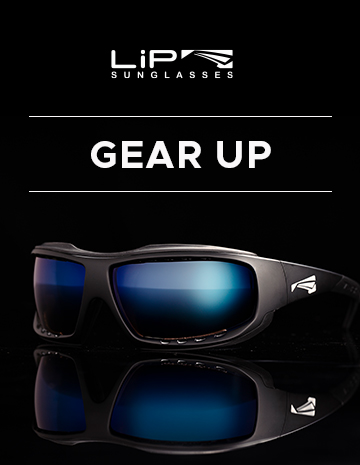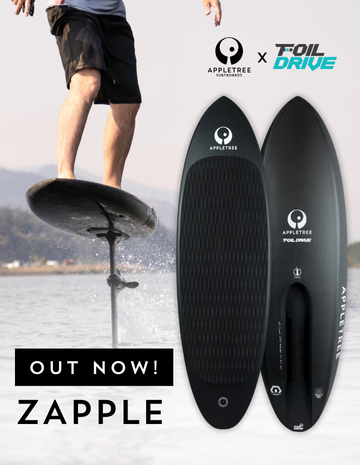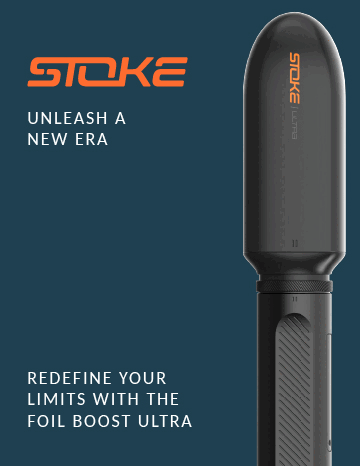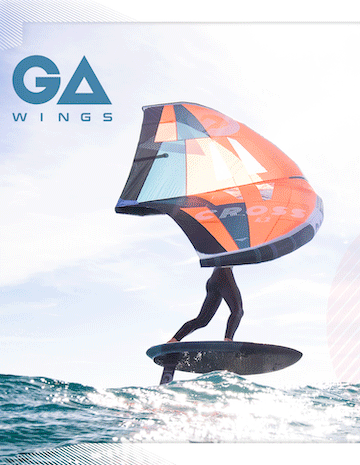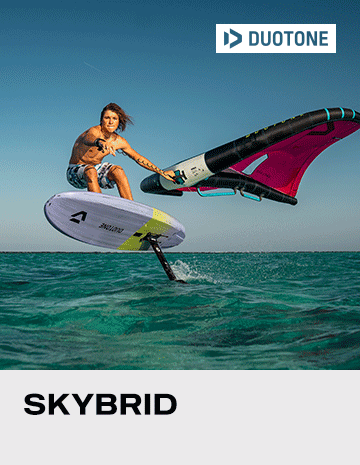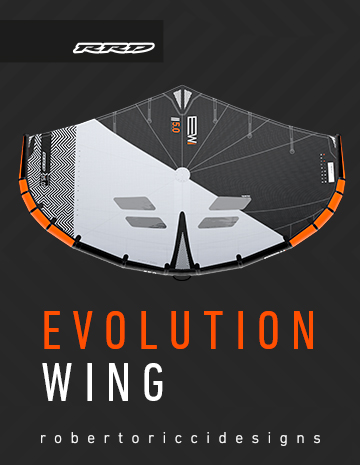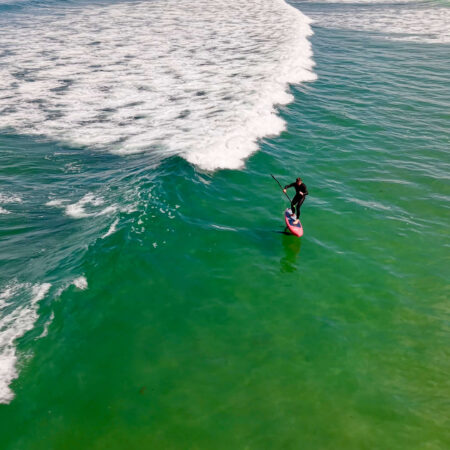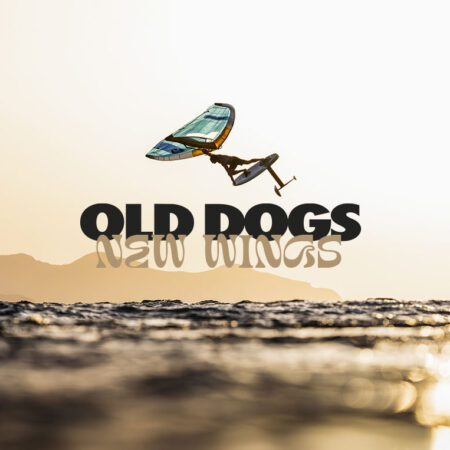DYNAMICS: Breaking the Speed Barrier
With the release of the double-skin wing, the X-Race, Vayu believes it has upped the game in terms of race performance. We spoke with designer Bill Hansen, CEO Philip Horn, and riders Gregorio Pugliese and Rafferty Read to get some deeper insight into the development, mindset, and real-world performance that’s arrived with the new era of double-surface wings.
Photos Luca Piana & Bulgenslag
Bill Hansen // Vayu Designer
So Bill, let’s get an idea of where that initial spark came from that led to you developing a double-surface wing like the X-Race.
It was a convergence of feedback and ambition. We’d already pushed hard with the Aura X II, but it became clear from the race circuit that riders needed more. More speed, better VMG and more control. The next step was obvious: a full 100% double-surface wing. It wasn’t about tweaking; it was about a complete redesign to chase the edge of performance.
It’s a full 100% double-surface canopy – what performance advantages does that give you over single-surface wings?
Aerodynamically, it’s night and day. Single-surface wings suffer from turbulent flow and increased drag from the leading edge. With the X-Race’s double-surface design, we eliminate the turbulence and maintain a clean flow which significantly reduces drag and increases lift. The result is a wing that climbs upwind at a higher angle and with much improved speed on all points of sailing.
From a design and materials standpoint, what were the biggest challenges in making this concept work?
Balancing precision with weight. The canopy has 14 segments and 13 cross-vented ribs, which gives us an incredibly stable and aerodynamic shape, but it also adds weight and complexity. We offset that with high-end materials like ALUULA GC82 and Teijin D2, and every detail: from the boom to the drainage, is optimized for performance.
Were there any existing principles from other wind sports that influenced the X-Race design?
For sure. We drew lessons from paragliders, racing kites, and even America's Cup sail design. The WDHA4-2c profile we developed is a fusion of all that’s efficient, responsive, and tuned for a wide range of conditions. It’s a big leap forward, but rooted in proven aerodynamic principles.
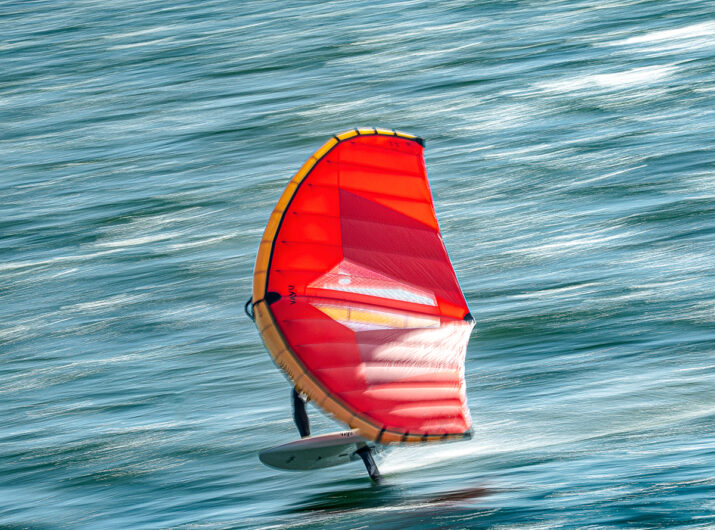
Philip Horn // Vayu CEO
The X-Race clearly builds on the success you had with the Aura X II – what was your internal vision for this next step in Vayu's wing line-up?
We wanted to set a new benchmark, not just make a faster wing, but one that redefines what riders can do. The Aura X II earned a loyal following among high-performance riders. With the X-Race, we wanted to give them a weapon: sharper, faster, and more precise. It’s the culmination of everything we’ve learned so far.
What kind of rider is the X-Race aimed at? Are we talking ninjas only?
No, while it’s built with competition in mind, it’s not limited to pros or even ninjas! Ambitious freeriders who want to level up will find something special here. The handling is incredibly direct thanks to the carbon boom and stiff airframe. If you’re technically solid and want to go faster, this wing delivers.
With the double-surface format now proving itself in competition, are you seeing it shift from niche to mainstream?
Absolutely. The success of early double-surface wings, especially Ozone’s breakthrough, showed the performance ceiling could be pushed higher. That validation opened the door. But with the X-Race, we’ve taken that idea and refined it into something purpose-built for modern racing: tighter handling, better materials, and a wing that doesn’t just win races but changes how they’re ridden. That’s where we see the real shift. Not just adoption, but evolution.
So how important do you think race wins are for building trust?
Massive. When Oscar Leclair won the GWA World Cup in Jericoacoara with the X-Race prototype, it was more than a win, it was proof. Results like that show the product delivers under pressure. It gives riders confidence, and for us, it reinforces everything we’ve built the brand on: performance, innovation, and community.
Gregorio Pugliese // Pro Rider
Gregorio, you’ve raced the X-Race at the highest level – what’s the standout difference in handling or speed compared to single-surface wings?
First of all, it just looks fast. It’s all red, and people joke that it’s the Ferrari of wings. And honestly, it feels like that too. The acceleration is instant, the handling is super tight, and you feel totally connected. Upwind, it climbs like crazy. It’s a full-performance machine.
What was your learning curve like when switching over?
I thought it’d be technical or even a bit wild, but it surprised me. It’s actually very intuitive. You do need to be present on it, no sloppy riding, but once you get into the rhythm, it rewards you. It’s like driving a high-performance car: it pushes you, but in the best way.
In real-world terms, how much faster can you go compared to other wings you've ridden?
In racing, I’ve found the X-Race delivers a real edge on upwind and reach legs. In my first training sessions using it with an AXIS race foil, I managed to battle hard, and even win some upwind legs head-to-head against Nico Spanu, right at his home spot. That says a lot.
The wing is clearly built for precision and control, and it holds its shape no matter how hard you push it.
What’s the vibe like in the race fleet – is the X-Race turning heads or changing tactics in the lineup?!
It’s creating buzz. The control during tacks and jibes is noticeably smoother and more rider-friendly than a lot of performance wings I’ve used. You can feel how refined the canopy is. And when you’re challenging guys who’ve been dominant in the racing circuits, people take notice.
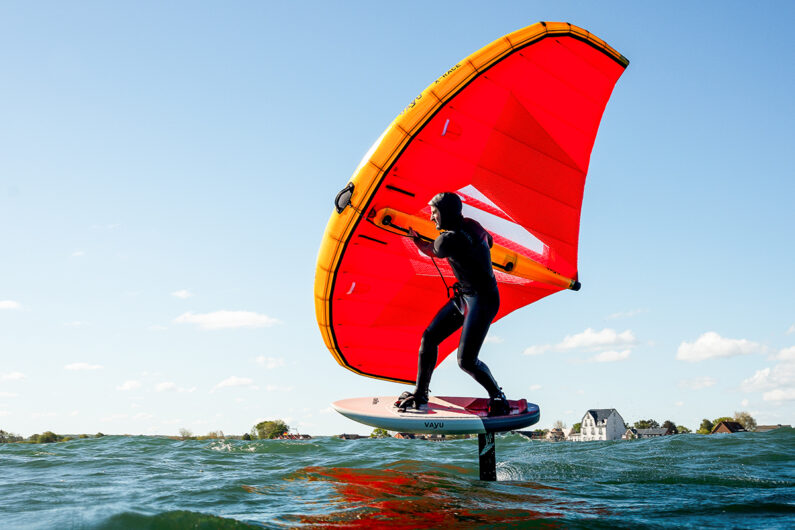
Rafferty Read // Pro Rider
Rafferty, from your standpoint, what would you say to an intermediate rider thinking about jumping up to something like the X-Race?
If you’re looking to level up and love going fast…go for it. It’s not a wing you just cruise on, but that’s what makes it exciting. The control is next-level, and you actually feel safer because it’s so solid in gusts. You’ll learn a ton without it ever feeling sketchy.
In your experience on the X-Race, have you noticed any unexpected benefits?
I was honestly surprised how good it feels in the air, the pop is real. You wouldn’t expect that from something built for racing, but the canopy holds tension so well, you can really boost. Also, transitions feel buttery smooth. The wing glides through tacks like it’s reading your mind.
Do you feel this kind of wing tech is going to influence how the next generation rides and progresses?
Definitely. The next wave of riders are already pushing hard, and with wings like the X-Race, they’ll just go further, faster. The gear used to hold people back a little, now it’s the opposite. The wing doesn’t set the limit anymore; the rider does.
And what about your own riding, has the X-Race unlocked anything new in your own riding?
For me, it’s made racing more fun again. I’m thinking ahead more, playing the fleet like a chessboard instead of just grinding for speed. The wing gives you more options, more ways to win. It’s not just fast, it’s smart. And that’s a game-changer..


